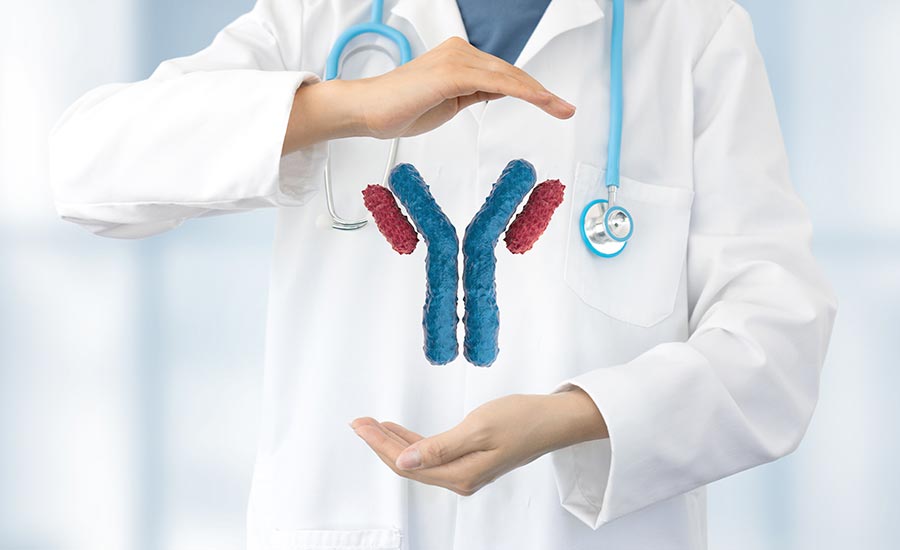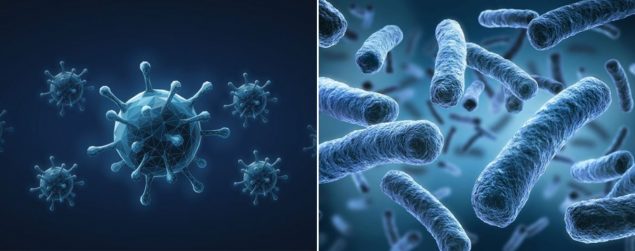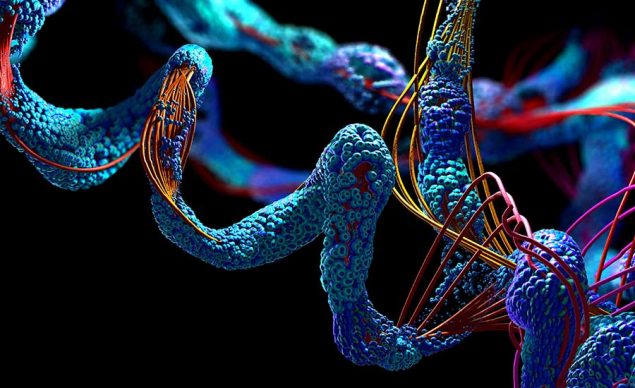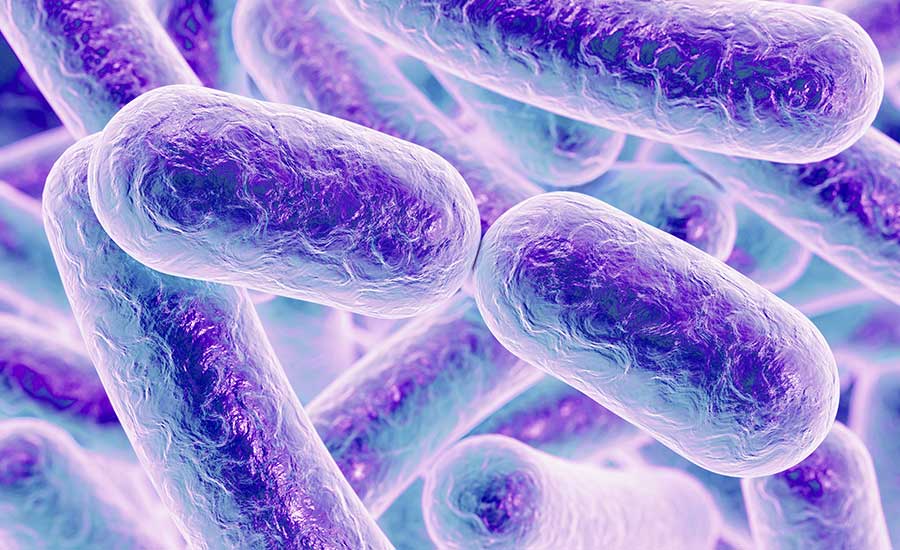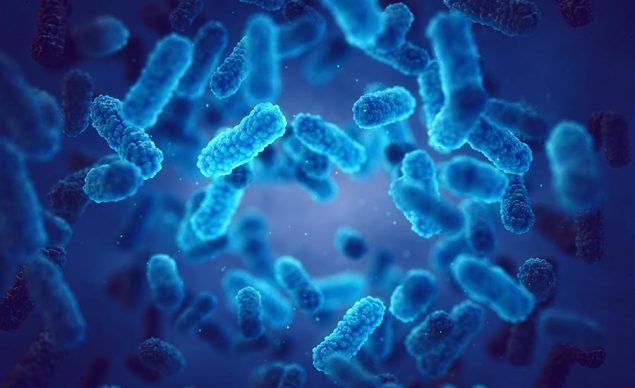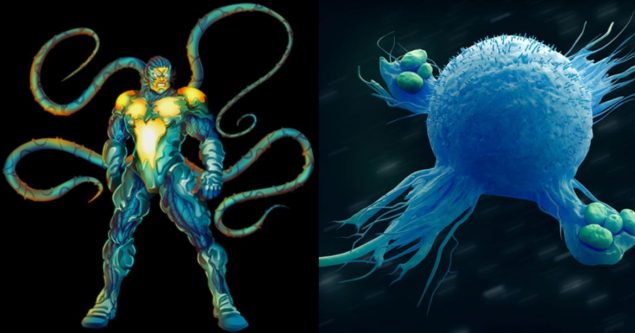Related Resources
Monoclonal antibodies are an effective type of therapy against many diseases!
Your immune system is designed to keep you healthy and protected 24/7.
When viruses and bacteria attack you, your immune system responds by launching antibodies at imposters.
But sometimes, the body’s natural defense mechanism needs help from the outside to fight off a disease. Enter monoclonal antibodies.
How are monoclonal antibodies made and why are they important for your immune system?

What Are Monoclonal Antibodies?
Monoclonal antibodies (moAbs or mAbs) are man-made proteins that target a particular type of antigens.
When viruses and bacteria threaten your wellbeing, your B-Cells produce antibodies. They act as bullets that your immune system fires at pathogens with one goal only — to annihilate the enemy.
Since antibodies are a type of ammunition your body naturally makes, they circulate through your blood until they complete their mission.
Monoclonal antibodies, on the other hand, are created in a lab to target specific antigens. For example, if a patient has cancer and doctors want to treat it with an mAbs therapy, they must first identify the antigens on cancer cells and then make appropriate antibodies in the lab to target them.
Monoclonal antibodies are created to aid the body’s natural defense mechanism in defeating imposters. They team up with the body’s natural antibodies, and alongside T-Cells, Natural Killer Cells, macrophages and neutrophils, they fight to keep a person healthy.
If your immune system were a Batman, monoclonal antibodies would be a Robin!
The battle that rages between our immune system and the pathogens that wish to harm us is the main topic of the BioWars comic book. Read the comic, get to know its main protagonists and discover what really goes on inside!

How Are Monoclonal Antibodies Made?
Monoclonal antibodies are made by exposing B-Cells to a specific microorganism.
As a response to a threat, a B-Cell produces an antibody that is deadly for that particular type of threat and its antigen.
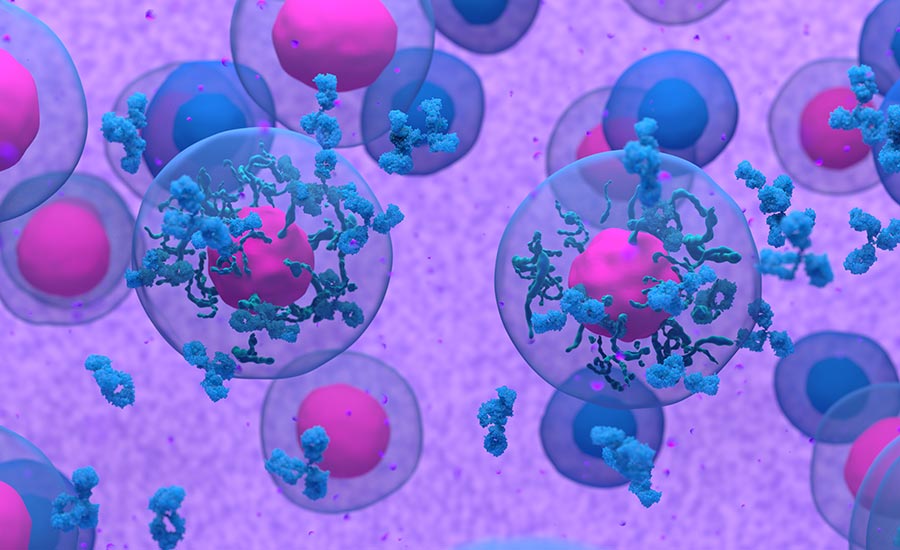
Scientists then clone that particular antibody to make millions of monoclonal antibodies which are used as a therapy for a person fighting a particular disease.
The first monoclonal antibodies were made back in 1975 by César Milstein and Georges J.F. Köhler. The duo revolutionized contemporary immunology, including how we come up with therapy and provide it to patients. They even won a Nobel prize for their discovery!
Monoclonal antibodies are made by using:
- Hybridoma technology
- Phage display
1. Hybridoma Technology
Milstein and Köhler used mice for their discovery, so hybridoma technology is typically explained based on their experiments. Hybridoma technology is a process during which a mouse is injected with a particular antigen that scientists wish to target and destroy.
In response, the mouse’s B-Cells start producing antibodies that scientists seek to harvest.
Scientists take the mouse’s B-Cells and merge them with myeloma, i.e. the immortal B-Cell cancer cells.
As a result, the two produce hybridoma — hybrid cells which can make antibodies and are long-lived like myeloma cells.
Hybridoma cells are mostly used to diagnose cancer and in cancer therapy.
2. Phage Display
Phage display is a technique that allows scientists to observe protein interactions and quickly develop antibodies for a specific antigen.
In this technique, the focus is on bacteriophages, a.k.a., phages.
Phages are viruses that infect and then replicate within bacteria.
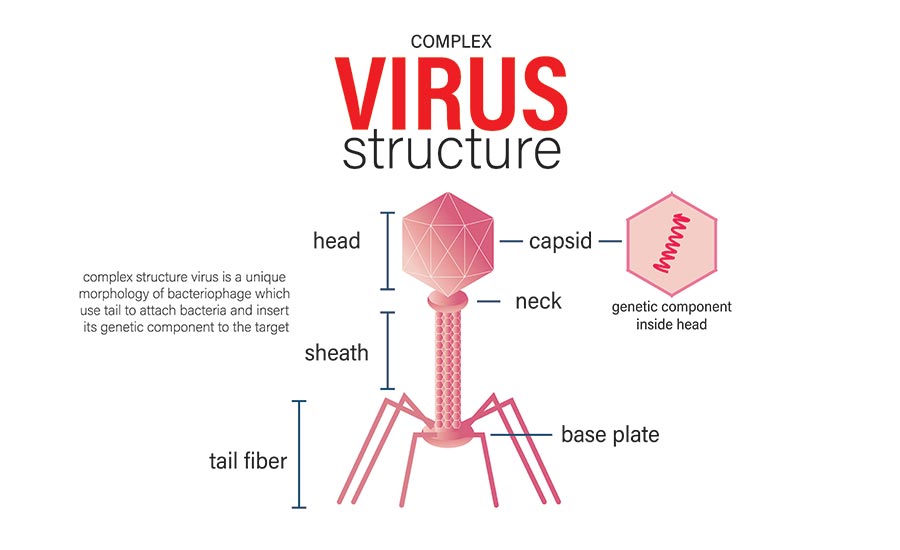
Wherever there are bacteria, there are also phages.
In fact, research shows that there are 10×31 phages — more than any other organism on Earth!
Now, phages have a big head in which they carry either DNA or RNA.
The phage display technique sees scientists insert genes that encode a particular antibody into a phage’s head. Then, a phage displays that specific antibody on the outside while the gene for a specific protein remains inside.
The gene on the inside and the phage’s genetic material connect, with the gene using the phage’s replication system to grow in numbers. This allows for fast production of a large number of new antibodies.
Scientists can create large libraries of phages that produce antibodies for a particular target.
The phage display technique is used in antivenom research and toxicology.
How Do Monoclonal Antibodies Work?
Sometimes, your body needs help to fight off a disease and it needs it now.
It cannot wait for your immune system to prepare for the defense and develop an appropriate response because the enemy is at the gates and there’s no time to be wasted.
That’s when the monoclonal antibodies come into play.
Monoclonal antibodies have one goal and one goal only — to destroy a specific pathogen.
Once mAbs are prepared in a lab, a patient receives them either via infusion or injection, allowing for fast absorption. That way, mAbs can immediately get to work and trigger the immune system to start killing off the imposters!
Instead of waiting for days or even weeks for a patient’s immune system to start producing antibodies, mAbs ensure an instant response against a disease!
Once inside a patient’s body, monoclonal antibodies latch onto the imposters’ antigens and destroy them.

What Disease Can Monoclonal Antibodies Treat?
Monoclonal antibodies can target many diseases, including:
- Many types of cancer
- Migraines
- Osteoporosis
- Heart conditions
- Inflammatory diseases
- COVID-19
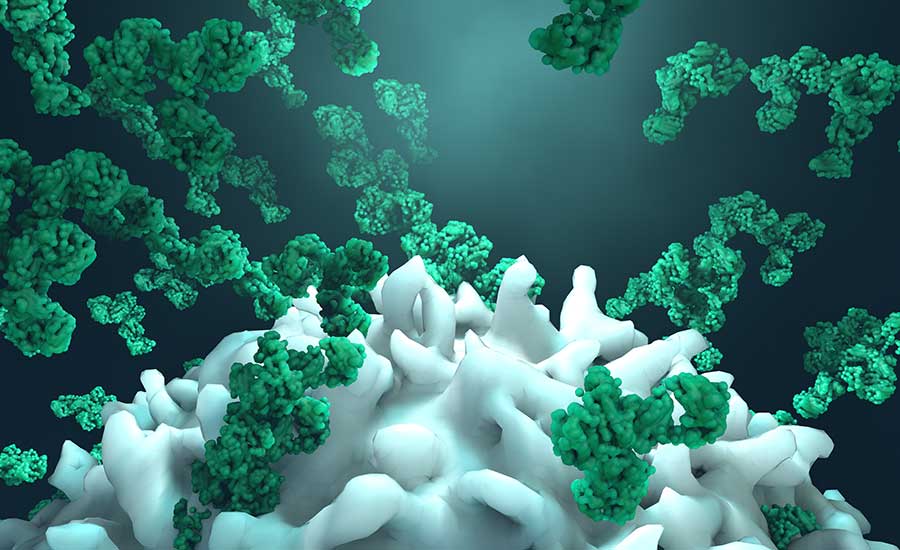
Depending on the disease, scientists develop a specific type of mAbs.
Some of the most famous mAb warriors include:
- mAb warrior: Cetuximab
- Target enemy: EGFR — epidermal growth factor receptor, responsible for cell division and survival
- Fighting battles against: head and neck cancers, bowel and colorectal cancers
- mAb warrior: Ustekinumab
- Target enemy: interleukin 12 and interleukin 23 — proteins responsible for regulating immune system’s responses
- Fighting battles against: psoriasis, Crohn’s disease
- mAb warrior: Rituximab
- Target enemy: CD20 — a protein on the surface of B-Cells; when activated, it causes cells to die
- Fighting battles against: non-Hodgkin’s Lymphoma (NHL), lupus, rheumatoid arthritis
- mAb warrior: Denosumab
- Target enemy: RANKL — receptor activator of nuclear factor kappa-B ligand; this is just a fancy name for a protein that affects bone density
- Fighting battles against: osteoporosis and various bone tumors
Monoclonal Antibodies For COVID-19
Over the last two years, some COVID-19 patients received the monoclonal antibody therapy to improve their health and speed up their recovery.
And this is how mAbs can help a COVID-19 patient:
Molecular antibodies created to treat COVID-19 are targeting parts of the SARS-CoV-2 virus. They help prevent the disease progression and reduce the risk of severe complications.
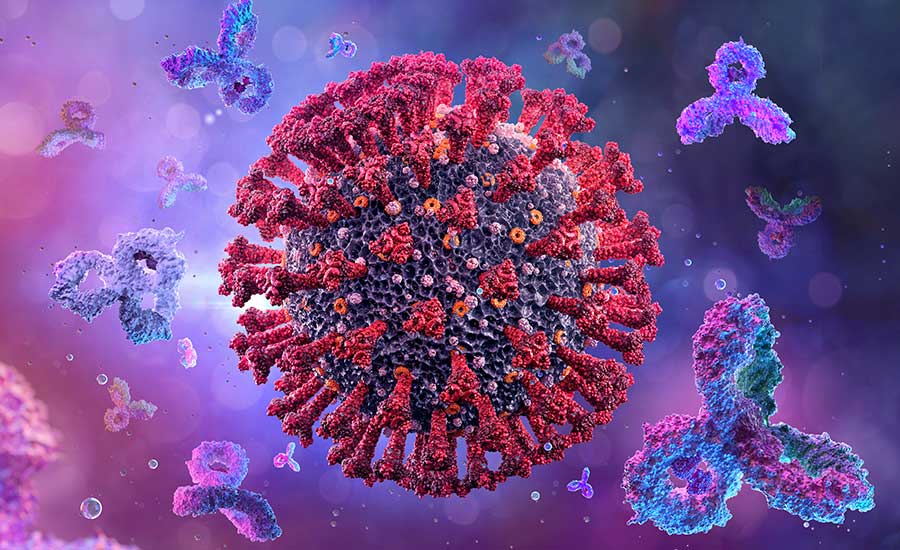
When a patient gets a mAb treatment in an early phase of a disease, mAbs can help treat either mild or moderate symptoms of COVID, especially if that patient is at a higher risk of developing serious illness.
Despite being an efficient ally to the immune system, the mAbs therapy is quite exclusive as it hunts only one type of enemy.
If the enemy is cunning and ready to adapt in order to survive (yeah, that is exactly what Omicron did) by changing some of its amino acids — boom! Our mAb warrior gets confused because it can no longer recognize the one target he was planning to take down.
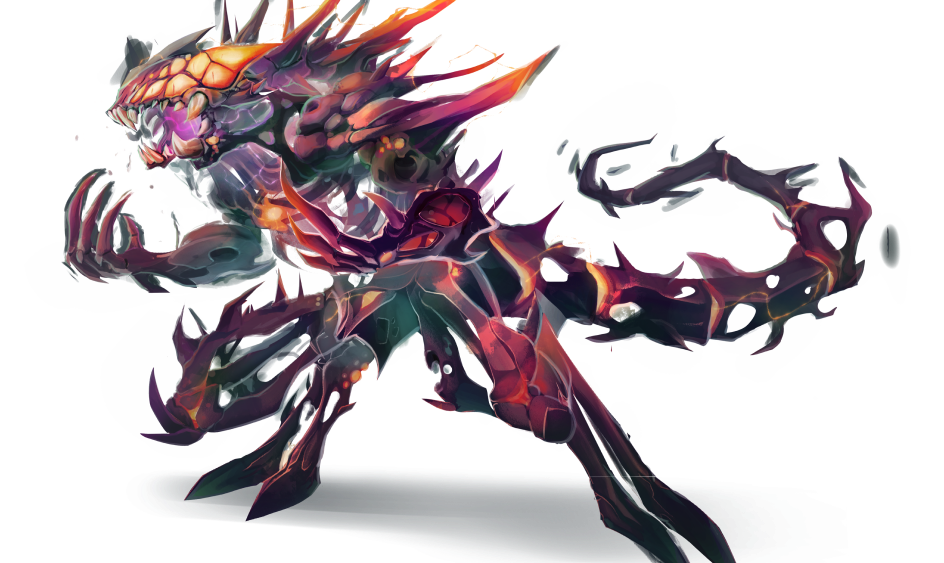
Side Effects Of A Monoclonal Antibody Therapy
In some cases, a mAbs therapy can cause mild side effects in patients, including:
- A rash
- Low blood pressure
- Chills
- Sweating
- Itchiness
- Nausea
- Shortness of breath
These symptoms could appear about two hours after a patient got a mAbs therapy, but they usually don’t last long.
They could be avoided altogether by decreasing the rate of infusion and controlling the mAbs dose given to a patient.
Aside from mild side effects, some patients experience more severe conditions post-mAbs therapy, such as:
- Serum sickness
- High blood pressure
- Heart problems
- Acute anaphylaxis (severe allergic reaction that causes the patient to experience trouble breathing; it can occur when a patient’s immune system attacks the antibodies that are supposed to help them heal)
Depending on the disease, people can experience other symptoms specific to their condition, which is why people who get a mAbs therapy need to stay for several hours at the hospital for monitoring.
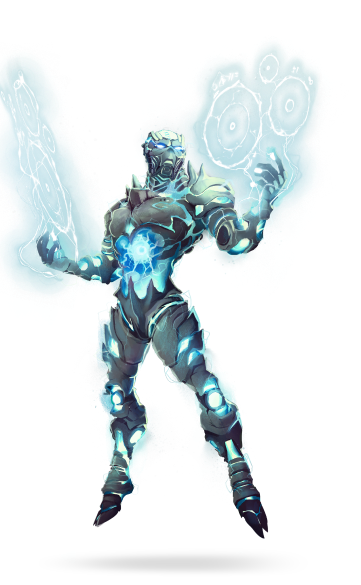
A Recap On How Are Monoclonal Antibodies Made
Monoclonal antibodies are custom-made antibodies created in a laboratory to imitate our natural immune response and fight off viruses, bacteria and other types of threats that uninvitedly may hijack your body.
They can be created either by using hybridoma technology or by applying a phage display technique.
Both allow for the creation of mAbs — immune system’s allies that can target one type of antigen only, and in that lies their advantage over other types of treatment!
Despite their efficiency, they are not adaptable to changes, so if a pathogen mutates, mAbs will no longer work against it.
So far, approximately 100 monoclonal antibodies got an approval to be used as therapies for various diseases, including cancer, psoriasis, migraines and COVID-19 proving they are quite effective. Still, there’s always (as for every other drug on the market) a risk of various possible adverse effects.

